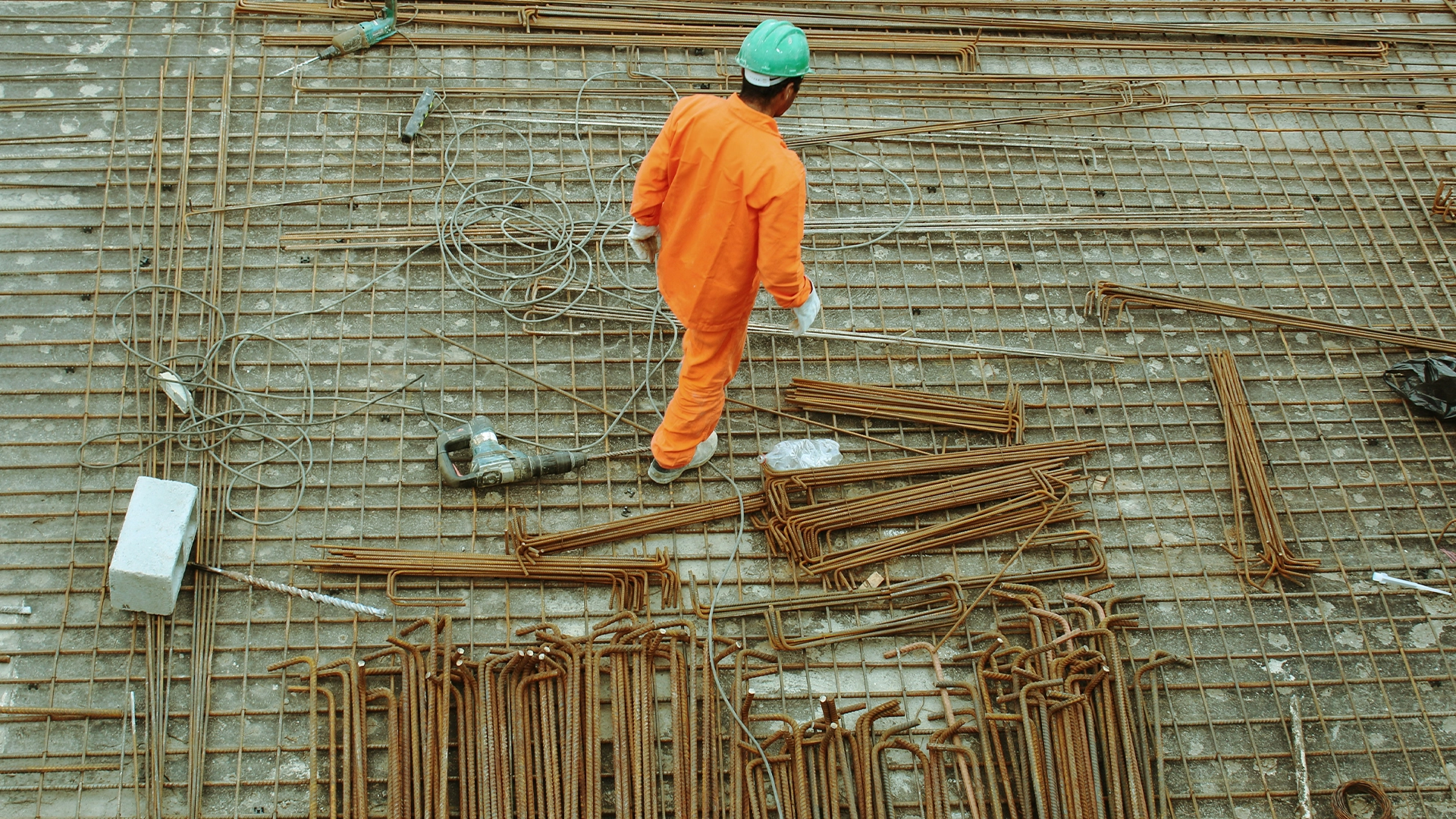Understanding Shoring Systems for Safe Excavation
When embarking on an excavation project, the last thing you want is to compromise the integrity of surrounding structures. Shoring Systems: Protecting Neighbouring Structures During Excavation is not just a technical term; it represents a vital aspect of structural engineering that ensures safety and stability in urban environments.
In this blog post, we will delve into the significance of shoring systems, exploring how they safeguard neighbouring buildings and infrastructure during excavation activities. This topic is particularly relevant for anyone seeking structural engineering services, as understanding these systems can help you make informed decisions for your projects.
A shoring system essentially provides temporary support to structures that might be at risk during excavation. By redistributing loads and preventing ground movement, these systems play a critical role in maintaining safety and minimising damage. Whether you are a contractor, developer, or property owner, knowing about shoring systems can significantly impact the success of your project.
Throughout this article, we will discuss the various types of shoring systems, their applications, and best practices for implementation. We will also highlight the importance of engaging with experienced professionals who can tailor solutions to your specific needs. This understanding not only enhances safety but also aligns with the principles of structural engineering, which seeks to create durable and serviceable structures.
At Engineering Sydney, we pride ourselves on delivering expert advice and innovative solutions for all your structural needs. If you’re embarking on an excavation project and want to ensure the safety of your surrounding structures, we invite you to contact us for personalised assistance and tailored shoring solutions.
What are Shoring Systems: Protecting Neighbouring Structures During Excavation?
Shoring Systems: Protecting Neighbouring Structures During Excavation are essential engineering solutions designed to support and safeguard adjacent buildings and structures during excavation activities. When digging or foundation work occurs, the stability of nearby structures can be compromised. Shoring systems act as a protective barrier, ensuring that these structures remain safe and intact throughout the construction process.

These systems typically include various components such as steel or timber supports, braces, and hydraulic jacks, which work together to distribute the loads and prevent soil movement. The key characteristics of shoring systems involve their ability to adapt to different site conditions and excavation depths, ensuring robust support tailored to the project’s specific needs. Think of shoring systems like a safety net for a tightrope walker; just as the net catches the performer if they lose their balance, shoring systems help maintain structural integrity when the ground beneath is disturbed.
In the realm of structural engineering, shoring systems play a vital role in maintaining the safety and stability of construction sites. They are indispensable during projects that involve deep excavations, such as basements or underground car parks. By effectively managing the loads and pressures from surrounding soils and structures, these systems help prevent potential disasters, such as collapses or structural damage, which could lead to costly delays and repairs. In many cases, shoring works in conjunction with Reinforced Concrete Beams & Columns, ensuring that both temporary and permanent structural elements provide the necessary strength and stability throughout the construction process.
It’s important to note that some misconceptions exist about shoring systems. Many people may confuse them with underpinning, which is a different technique aimed at strengthening existing foundations rather than providing temporary support during excavation. Understanding these distinctions is crucial for ensuring the right approach is taken for your project. At Engineering Sydney, we pride ourselves on our expertise in implementing effective shoring systems to protect neighbouring structures, thereby delivering peace of mind to our clients as we navigate complex engineering challenges. You can learn more about our approach to structural engineering by visiting our structural engineering page.
Essential Terms for Understanding Shoring Systems
To navigate the complexities of Shoring Systems: Protecting Neighbouring Structures During Excavation, it’s crucial to familiarise yourself with some key terms. Understanding these concepts will empower you to make informed decisions about your structural projects.
Shoring
Shoring refers to the process of supporting a structure in order to prevent collapse during construction or excavation activities. This is especially important when dealing with neighbouring structures that may be at risk during such operations due to soil movement or vibration effects from excavation work. As part of Shoring Systems: Protecting Neighbouring Structures During Excavation, shoring ensures safety for both the existing structures and the workers involved in the project.
Excavation
Excavation is the process of removing earth or rock from a site to create a hole or trench for construction purposes. This is a critical phase in any building project, particularly in urban areas where existing structures are nearby. Understanding excavation methods is vital for implementing effective shoring systems to safeguard surrounding buildings.
Lateral Support
Lateral support refers to the support provided to prevent horizontal movement or shifts in a structure, particularly during excavation. It is essential for maintaining the integrity of neighbouring properties that might experience ground movement due to adjacent excavation activities.
Soil Mechanics
Soil mechanics is the branch of engineering that deals with the behaviour of soil under various conditions, particularly when loads are applied. This knowledge is fundamental when designing shoring systems, as the type and condition of soil can significantly affect how structures should be supported during excavation.
Retaining Wall
A retaining wall is a structure designed to hold back soil and prevent erosion or collapse, often employed in conjunction with shoring systems. Properly designed retaining walls are essential for protecting neighbouring structures during excavation, as they provide necessary support to excavated areas.
Vibration Monitoring
Vibration monitoring involves measuring the vibrations produced during construction activities, such as excavation, to assess their impact on nearby structures. This is crucial in Shoring Systems: Protecting Neighbouring Structures During Excavation to ensure that vibrations do not compromise the integrity of adjacent buildings.
Engineering Assessment
An engineering assessment is a thorough analysis conducted by structural engineers to evaluate the conditions and requirements of a project site. This assessment is key to determining the appropriate shoring systems needed to protect neighbouring structures effectively during excavation.
Grasping these terms is essential for anyone involved in or considering excavation projects. A solid understanding of these concepts not only enhances your knowledge but also significantly contributes to the safety and success of your construction endeavours.
Frequently Asked Questions about Shoring Systems
In this section, we address some of the most common questions about shoring systems and their critical role in protecting neighbouring structures during excavation.
Shoring systems are used to support excavations and prevent soil collapse, ensuring the safety of both the site and adjoining structures. They are particularly essential in urban areas where existing buildings or infrastructure are in close proximity to excavation sites.
Shoring systems maintain the stability of the ground during excavation, preventing movement that could affect nearby structures. By distributing loads and providing lateral support, they minimise the risk of subsidence or structural damage to adjacent buildings.
There are several types of shoring systems, including soldier piles, sheet piling, and hydraulic shoring. Each type is suited to different site conditions and excavation depths, so it’s crucial to select the appropriate system for your specific project.
The design of a shoring system involves assessing the site’s soil conditions, the depth of excavation, and the types of nearby structures. Engineers at Engineering Sydney apply their expertise to develop a tailored solution that meets safety standards and project requirements.
Shoring systems are subject to local building codes and safety regulations. Compliance with these regulations is essential to ensure the safety of workers and surrounding properties during excavation activities.
Yes, shoring systems are often used in residential construction, particularly when excavating for basements or foundations. They help ensure that neighbouring homes remain safe and stable throughout the construction process.
To ensure an effective shoring system, consult with experienced structural engineers who can assess your specific site conditions and design a system that meets safety and regulatory requirements. At Engineering Sydney, we are committed to delivering innovative and safe engineering solutions.
We hope these FAQs have provided you with valuable insights into shoring systems and their importance in protecting neighbouring structures during excavation. If you have further questions or require specific advice, feel free to contact us.
Wrapping Up: The Importance of Shoring Systems
In conclusion, we have explored the critical role of Shoring Systems: Protecting Neighbouring Structures During Excavation in maintaining the integrity of nearby buildings and infrastructure. These systems are essential not only for ensuring safety during excavation projects but also for safeguarding the investments made in surrounding structures. By employing effective shoring techniques, we can mitigate risks and enhance the overall stability of the construction site.
Understanding these systems allows you to appreciate their significance in the structural engineering landscape. Shoring systems serve as a backbone for safe excavation practices, ensuring that the surrounding environment remains undisturbed and secure. This knowledge enables project managers and contractors to make informed decisions that protect both their projects and the community.
At Engineering Sydney, we pride ourselves on providing innovative engineering solutions tailored to your needs. We are here to guide you through the complexities of excavation and structural support, ensuring that your projects are executed flawlessly. If you have further questions or require assistance in implementing effective shoring systems, we invite you to reach out to Engineering Sydney.
Let’s work together to ensure your excavation projects are safe and successful. Contact us today to discuss how we can assist you in realising your engineering goals.

